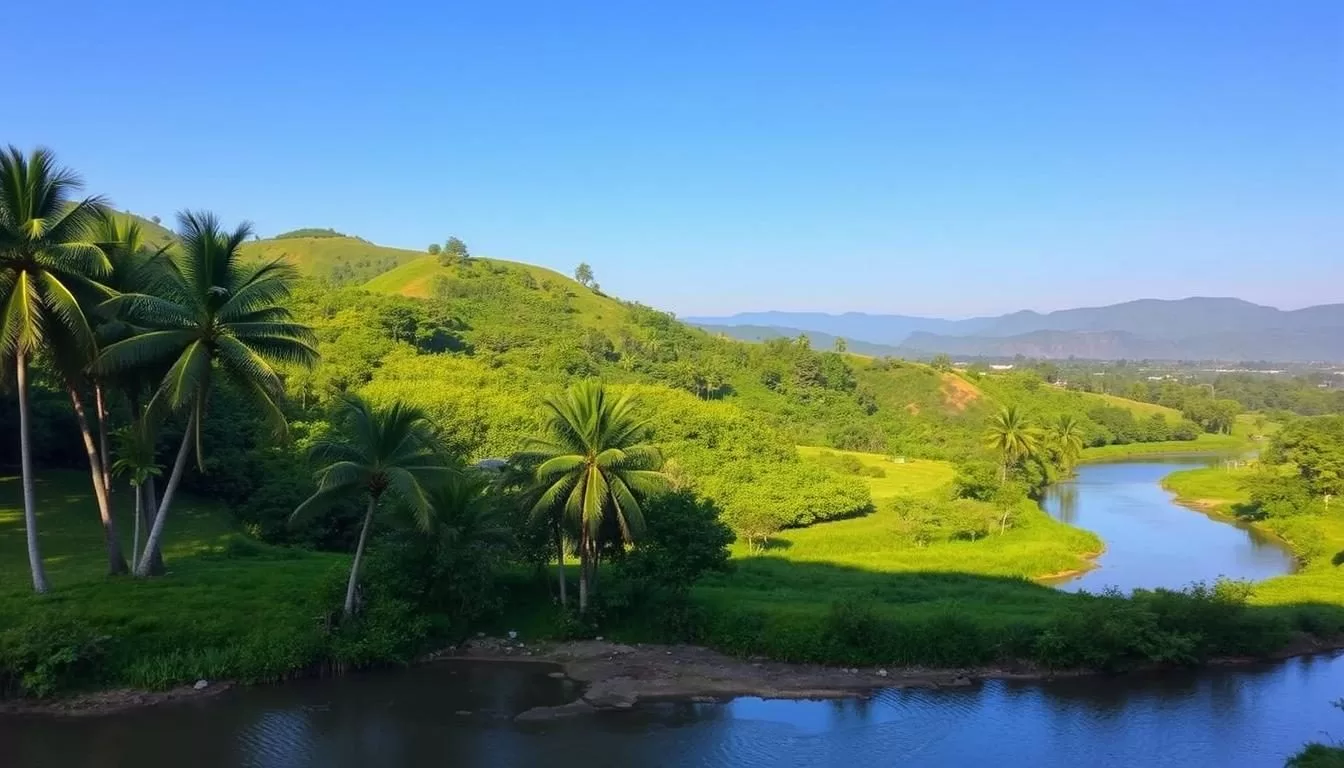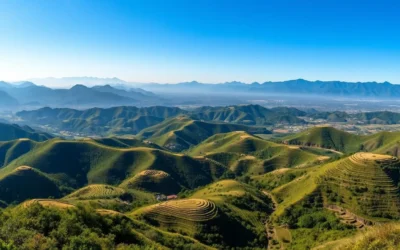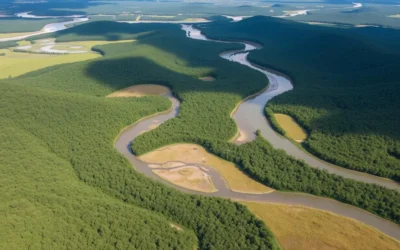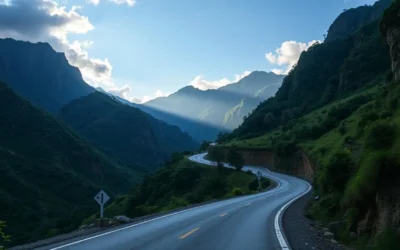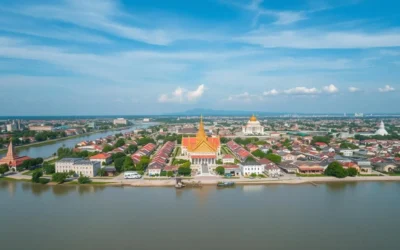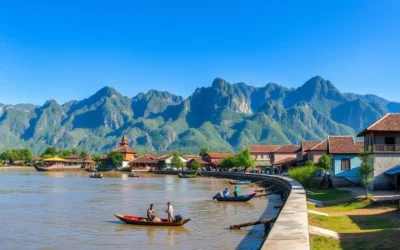✓ Accommodations✓ Flights✓ Rental Cars✓ Tours & Activities
You’re considering a journey to a country that’s often overlooked by travelers flocking to more popular destinations in Southeast Asia. Laos offers a unique travel experience, with its rich cultural heritage and breathtaking natural beauty.
Understanding the weather patterns is crucial to making the most of your trip. The country’s distinct seasons significantly impact travel experiences, influencing the activities you can enjoy and the attractions you can visit.
This guide will help you determine the best time to visit based on your preferences, whether you prioritize ideal weather conditions, lower costs, or smaller crowds. By understanding the climate patterns and regional variations, you’ll be able to plan a trip that suits your needs.
Understanding Laos’s Climate Patterns
When planning a trip to Laos, understanding the country’s diverse climate patterns is crucial for a comfortable and enjoyable journey. Laos’s geography plays a significant role in shaping its climate, with variations across different regions.
The Two Main Seasons: Dry and Wet
Laos experiences two main seasons: the dry season and the wet season. The dry season typically brings clear skies and comfortable temperatures, while the wet season is characterized by increased rainfall and humidity. Understanding these seasonal changes is essential for planning your trip and making the most of your time in Laos.
Regional Weather Variations Across Laos
Laos’s climate varies significantly across different regions. The northern mountainous areas, such as Luang Namtha and Phongsali, experience cooler temperatures, especially in the evenings, with temperatures sometimes dropping to around 41°F (5°C). In contrast, southern Laos, including destinations like Pakse, remains relatively warm, averaging 86°F (30°C) even during the coolest months. Central regions, including Luang Prabang and Vientiane, enjoy comfortable temperatures, typically around 75°F (24°C) during the cool season.
- The climate in northern Laos is cooler, especially at higher elevations.
- Southern Laos maintains warmer temperatures year-round.
- Luang Prabang and Vientiane experience comfortable temperatures during the cool season.
- Regional variations in weather should influence your packing and itinerary planning.
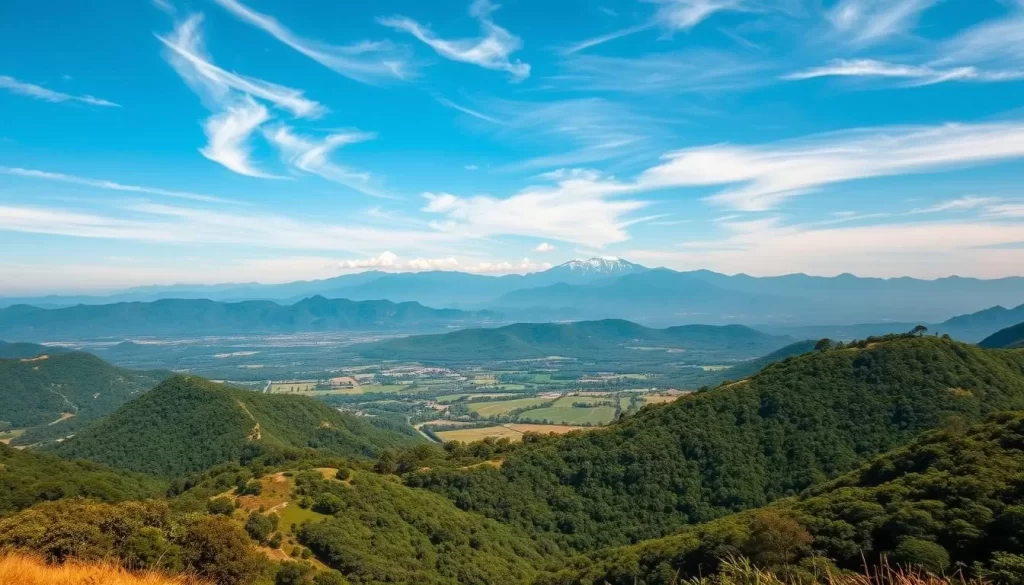
Laos: Best Months for a Weather-Savvy Trip
To enjoy Laos to the fullest, it’s crucial to consider the best time to visit based on weather conditions. The country’s climate varies significantly throughout the year, impacting the quality of your trip.
November to February: The Cool, Dry Season
From November to February, Laos experiences its cool, dry season, making it an ideal time to visit. The temperatures are mild, and the lack of rainfall creates perfect conditions for outdoor activities such as trekking and sightseeing. You can explore the ancient city of Luang Prabang, visit the Kuang Si Falls, or take a leisurely boat ride along the Mekong River. The dry conditions make it an excellent time for temple visits and river cruises, allowing you to fully appreciate Laos’s rich cultural heritage.
March to April: The Hot, Dry Season
As the dry season progresses into March and April, Laos becomes quite hot. Temperatures soar, making it essential to stay hydrated and plan your activities for the cooler parts of the day. Despite the heat, this period has its advantages, such as fewer tourists and lower prices for accommodations. If you’re looking for a more secluded experience and don’t mind the heat, this could be a good time for you to visit.
May to October: The Green Season
The southwest monsoon brings significant rainfall to Laos from May to October, transforming the landscape into a lush, green scenery. While it’s considered the low tourist season due to the rain, it has its unique advantages. The rain showers are typically short and intense, usually occurring in the afternoons. You can enjoy significantly lower prices, fewer tourists, and the spectacular beauty of rice paddies and forests at their most vibrant. May and October are particularly recommended as they offer a balance between greener landscapes and manageable rainfall.
- The southwest monsoon revitalizes the landscape, creating lush scenery.
- Afternoon showers characterize the rainy season, rather than continuous rain.
- Northern regions receive more precipitation earlier in the season.
- Lower prices and fewer tourists make it an attractive time for budget travelers.
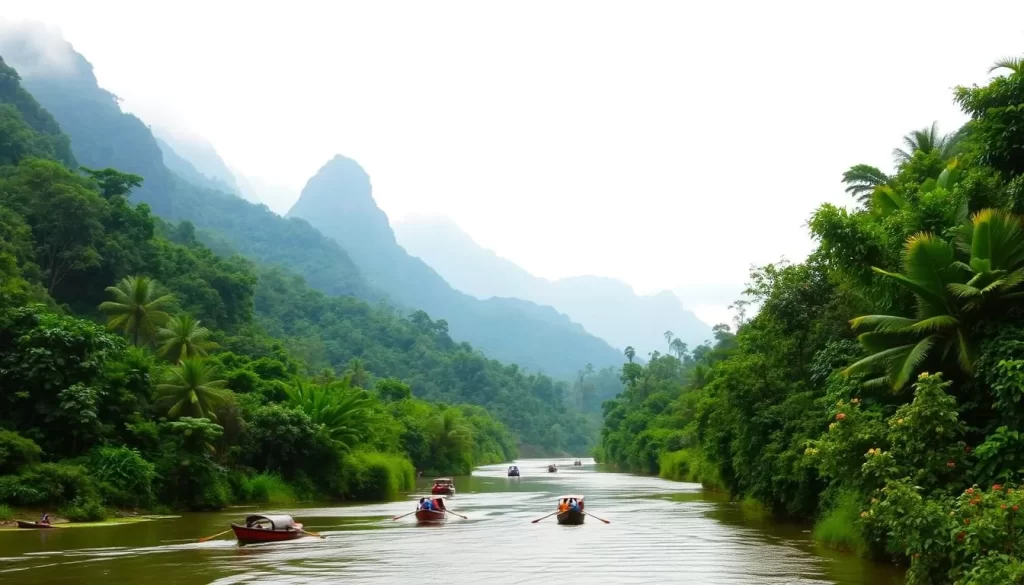
Weather Impact on Popular Destinations
Understanding the weather impact on Laos’s popular destinations can enhance your travel experience. The diverse climate across the country affects the charm and accessibility of its beloved tourist spots.
Luang Prabang
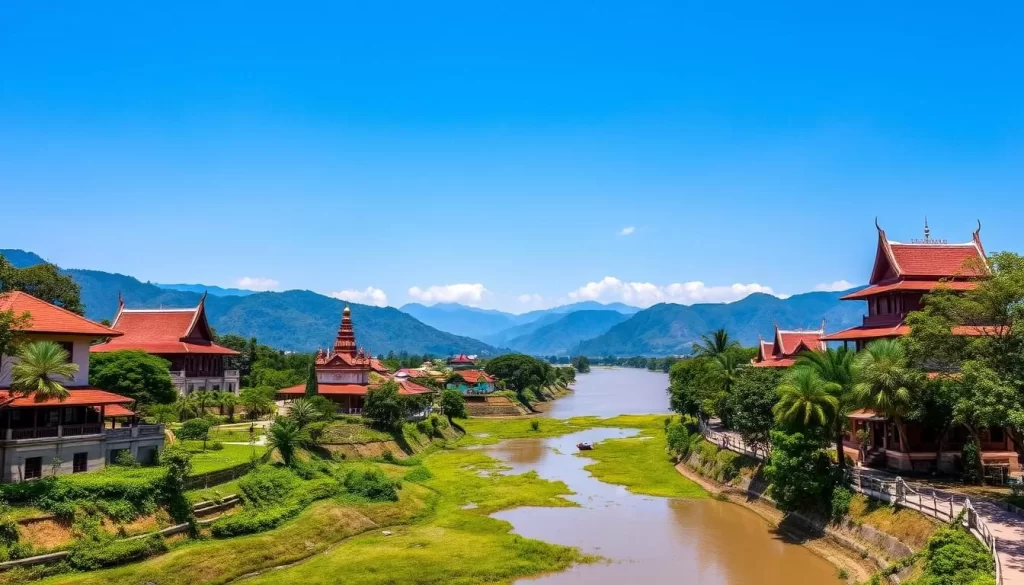
Luang Prabang, a UNESCO World Heritage site, is best visited during the cool, dry season from November to February. The pleasant weather makes it ideal for exploring the city’s ancient temples and vibrant night markets.
Vientiane
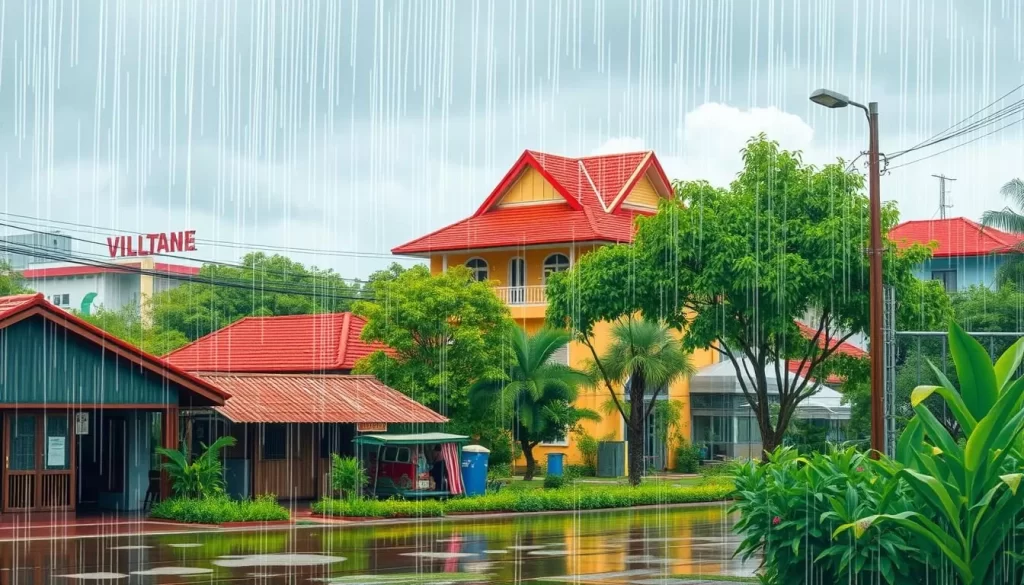
Vientiane, the capital city, experiences a mix of wet and dry conditions throughout the year. Visiting during the dry season (November to March) is advisable for a more comfortable exploration of its laid-back atmosphere and historical landmarks.
Southern Laos and the 4000 Islands
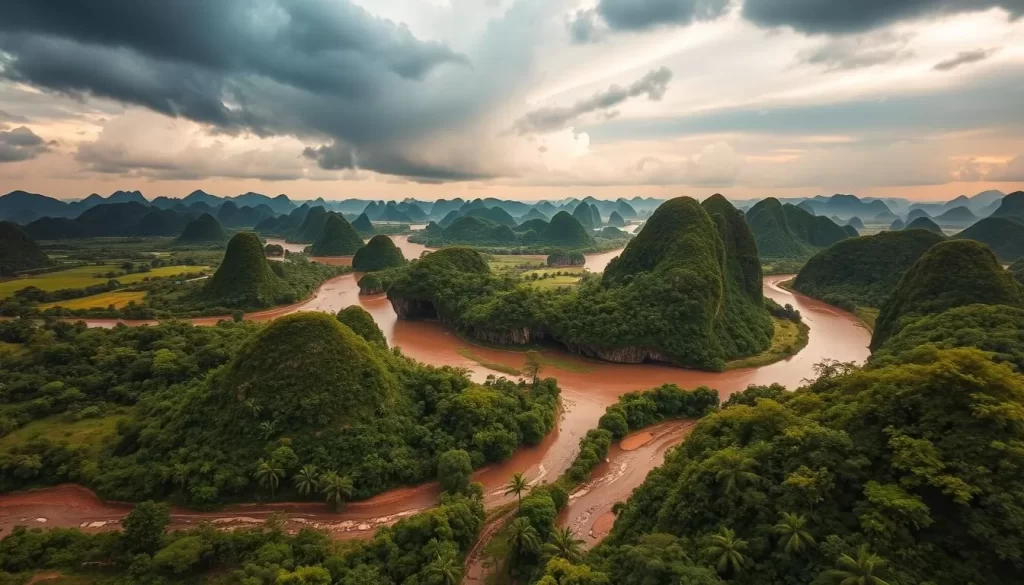
Southern Laos, particularly the 4000 Islands (Si Phan Don), is characterized by the vast expanse of the Mekong River. The region’s weather patterns differ from the north, with warmer temperatures year-round and a slightly shorter rainy season. During the wet season (August-October), the islands are lush, and waterfalls like Khone Phapheng are at their peak. The Bolaven Plateau offers a cooler climate due to its higher elevation, making it a refreshing retreat. While heavy downpours can affect travel, the dry season (November-February) is ideal for spotting rare Irrawaddy dolphins and enjoying water activities. The region is generally more accessible during the dry season, though the wet season brings its unique charm.
Seasonal Activities and Experiences
Laos’s climate may be broadly categorized into dry and wet seasons, each offering unique experiences for visitors. Understanding these seasonal variations can help you plan your trip according to your preferences and interests.
Dry Season Adventures: River Cruises and Temple Visits
During the dry season, Laos transforms into a haven for explorers. The cool, dry months from November to February are ideal for river cruises along the Mekong, offering serene landscapes and a chance to visit remote villages. The dry conditions also make it an excellent time to visit temples and historical sites without the hindrance of heavy downpours.
You can enjoy a leisurely boat ride along the Mekong, taking in the picturesque views and spotting local wildlife. The dry season is also perfect for visiting places like Luang Prabang, where you can explore the city’s rich cultural heritage.
| Activity | Location | Best Time |
|---|---|---|
| River Cruises | Mekong River | November to February |
| Temple Visits | Luang Prabang, Vientiane | November to February |
Wet Season Highlights: Lush Landscapes and Waterfalls
The wet season, spanning from May to October, brings lush green landscapes and swollen waterfalls, creating a dramatic and vibrant scenery. The rain transforms the countryside, making rice paddies photogenic and forests intensely green. This is an excellent time to visit the Bolaven Plateau, known for its coffee plantations and spectacular waterfalls.
As the rainy season progresses, the water levels rise, making it an ideal time for a boat trip on the Mekong. The faster currents and higher water levels reveal new waterways, offering a unique perspective on Laos’s natural beauty.
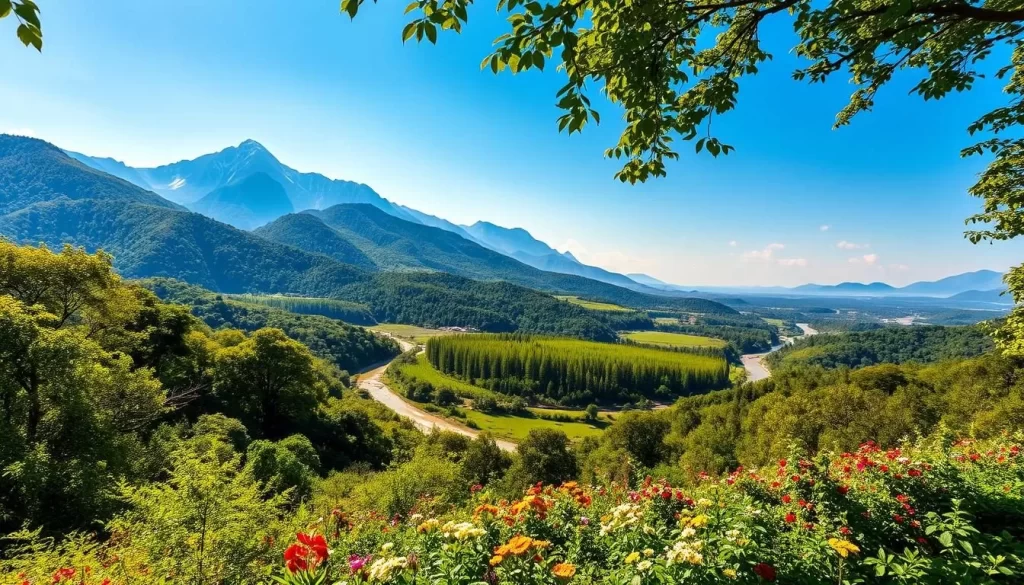
Packing Tips for Laos’s Weather Conditions
Preparing for your Laos trip involves more than just booking flights and accommodations; it’s also about packing the right gear for the local weather conditions. Laos’s climate varies significantly throughout the year, making it essential to pack wisely to ensure a comfortable and enjoyable trip.
Dry Season Essentials
During the dry season, which typically spans from November to April, the weather is generally mild and pleasant. You should pack lightweight clothing made from natural fibers like cotton and linen. A light jacket is also a good idea for cooler evenings. Don’t forget to include sunscreen (SPF30+) and sunglasses to protect yourself from the sun.
Monsoon Season Must-Haves
If you’re traveling during the monsoon season (May to October), be prepared for frequent downpours and high humidity. Pack rain gear such as a lightweight, packable rain jacket and quick-dry pants. A small travel umbrella can also be very useful. Additionally, consider waterproof storage solutions like dry bags or waterproof phone cases to protect your electronics and important documents. Waterproof sandals or quick-drying trail shoes are recommended for navigating wet conditions. To stay comfortable, opt for moisture-wicking, quick-dry clothing. Other essentials include anti-fungal powder, extra pairs of socks, and portable laundry soap for washing clothes in humid conditions.
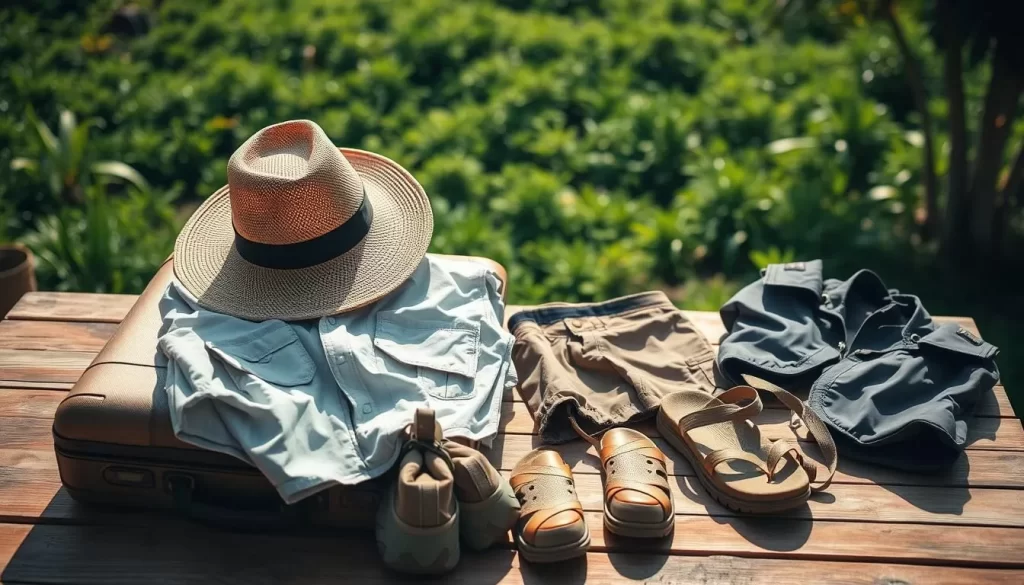
Conclusion: Planning Your Weather-Perfect Laos Trip
The best time to visit Laos depends on your preferences, whether you’re looking for cultural immersion or outdoor adventures. Laos’s climate varies significantly throughout the year, offering unique experiences in each season.
For most travelers, especially first-time visitors, November to February is ideal due to the comfortable temperatures and minimal rainfall. However, if you’re on a budget or prefer fewer crowds, consider the shoulder seasons of May or October, when prices are lower and weather conditions are still relatively favorable.
Adapting your itinerary to the season is key. Focus on cultural sites during the rainy season and outdoor adventures during the dry months. Consulting with a travel specialist can help plan a customized Laos itinerary based on your interests and weather preferences.
Laos offers authentic experiences and warm hospitality throughout the year. You can also combine it with visits to neighboring Southeast Asia countries like Thailand or Vietnam, timing your trip to experience optimal weather conditions in each destination. Get in touch with our destination experts for a private, tailor-made, and obligation-free Laos itinerary.
The above is subject to change.
Check back often to TRAVEL.COM for the latest travel tips and deals.
